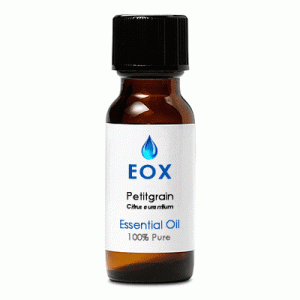|
Characteristics:
A pale yellow to amber liquid with a fresh-floral citrus scent and a woody-herbaceous undertone.
It blends well with rosemary, lavender, geranium, bergamot, bitter orange, neroli, labdanum, oakmoss, clary sage, jasmine,
benzoin, palmarosa, clove bud, and balsams.
Principal Constituents:
These are naturally occuring in the essential oil.
- esters
- linalyl acetate
- geranyl acetate
- linalol
- nerol
- terpineol
- geraniol
- nerolidol
- farnesol
- limonene
General Actions:

 Open Symbols Key
Open Symbols Key
Antispasmodic, deodorant, digestive, nervine, stimulant (digestive, nervous), stomachic, tonic.
Safety:
Non-toxic, non-irritant, nonsensitizing, nonphototoxic.
Primary Therapy Agent:
Greasy or oily skin/scalp.
Secondary Therapy Agent:
Acne, excessive perspiration, slack tissue, indigestion, flatulence, insomnia, nervous exhaustion,
fatigue, nervous tension, stress-related conditions.
Important Note:
The information on Florapathics.com is
only provided for educational purposes, and further research should be done
on each essential oil to be assured of its proper usage for each individual.
Aromatherapy is not meant to be a replacement for care under a qualified
health professional, but should be considered a complimentary modality.
|







